
Properties of Noble Gases: Everyday Uses
September 16, 2020 - Emily Newton
Revolutionized is reader-supported. When you buy through links on our site, we may earn an affiliate commision. Learn more here.
There may be a lot more elements out there, but currently we’ve discovered and classified 118 of them. Many of these elements are things you encounter in your daily life. Take a breath. That’s nitrogen, oxygen and a number of different trace elements that make up the air you breathe. Today, we’ll take a closer look at the properties of noble gases. What are noble gases and where might you encounter them in your daily life?
Properties of Noble Gas and Order of Abundance
Noble gases, as their name suggests, are almost always found in gaseous form. This is one of the primary properties of noble gases. These elements make up the last column of the periodic table, and this group is made up of seven elements:
| More Abundant | Less Abundant |
|---|---|
| Helium | Xenon |
| Neon | Radon |
| Argon | Oganesson |
| Krypton |
They were considered inert gases when they were discovered, because they don’t react with other elements. Scientists used to believe they were incapable of actually interacting with other elements, but modern scientists have disproved this.
While they were once considered rare, most of them are fairly abundant in the Earth’s crust. The only exception to this is oganesson, which is an artificially created element. Only a few atoms have ever been made.
Chemical and Physical Traits
Noble gases are considered stable — they have the maximum number of valence electrons possible in their outer layer, so they don’t have any need to interact with other elements.
What are the other properties of noble gases?
They are all found naturally in their gaseous form, and all the members of this element group are capable of conducting electricity and emitting fluorescence, or light, when charged. They are also odorless and colorless. All the gases need to maintain their stability is a consistent environment. That’s why helium, one of the first noble gases to be discovered, doesn’t react with the rubber of the balloon that holds it.
Real-Life Applications
Noble gases aren’t easy to spot, because they’re both colorless and odorless, so where might you encounter them in the real world?
Helium
Helium is the most abundant element in the universe, and, in a strange twist, we found it on the sun before we discovered it here on Earth! An astronomer noticed a yellow line in the sun’s spectrum, which he theorized was helium. It gets its name from Helios, the Greek god of the sun. There isn’t much of it in our atmosphere, only making up 0.0005% of the air we breathe, but we’ve found plenty of uses for this member of the noble gas family.
Uses for Helium
- Deep-sea diving: Deep-sea divers mix oxygen and helium to create a nitrogen-free atmosphere for them to breathe. This setup prevents nitrogen narcosis when they dive deep and ascend quickly.
- Cryogenic materials: Liquid helium is a valuable coolant and is necessary for the operation of particle accelerators like the Large Hadron Collider at Cern and the electron accelerator at the Department of Energy’s Jefferson Lab.
- Balloons: Helium is lighter than air, so it’s often in balloons, blimps and other things that need to float.
Neon
Neon is one of many noble gasses that scientists discovered while studying liquified air. Most of the noble gasses make up a small portion of the air we breathe. Neon, for example, accounts for 0.0018% of the Earth’s atmosphere. It’s much more common once you leave the planet behind, becoming the fourth most abundant element in the universe.
Uses for Neon
- Advertising signs: Most of the neon we harvest goes to creating advertising signs. When you run electricity through a tube filled with neon gas, it glows.
- Lasers: When combined with helium, neon is a popular substance for the creation of lasers
- Cryogenic materials: Liquid neon is also a valuable cryogenic material, though it isn’t used as often as helium or nitrogen.
Argon
It might not sound like much, but argon is the most abundant noble gas in the atmosphere, making up 0.93% of the air we breathe. Like most of the other elements in the noble gases family, it’s got a completely full outer electron shell, rendering it completely inert. It even gets its name from the Greek word argos, meaning inactive.
Uses for Argon
- Welding: Argon is often used in arc welding to create an oxygenless atmosphere around the weld to protect it from oxidation while it solidifies.
- Light bulbs: While we don’t use them as often anymore, argon is a key component in both incandescent and fluorescent light bulbs. The noble gas protects the filaments from oxidation.
- Growing semiconductor crystals: Argon also helps manufacturers create oxygenless environments where they can grow semiconductor crystals for other applications.
Krypton
It might share its name with Superman’s home planet, but krypton exists right here on Earth. It’s named for kryptos, the Greek word meaning hidden, and makes up around 0.0001% of the planet’s atmosphere. It doesn’t have nearly as many uses as the other members of the noble gas family.
Uses for Krypton
- Photographic flashes: Krypton and argon are both popular for creating photo flashes for high-speed photography.
- Advertising signs: When paired with an electrical charge, krypton is popular for advertisement signs because it glows bright green.
- Measurement: One isotope of this element, krypton-86, has a very sharp spectral signature. In 1960, the scientific community agreed that this was the exact measurement of a meter.
Xenon
Xenon only makes up 0.0000087% of our atmosphere. It shares its name with the Greek word for stranger because it can be so hard to find. It might be a stranger, but we’ve still found a few uses for it.
Uses for Xenon
- Strobe lights: Xenon doesn’t glow when you introduce an electrical current. Instead, it flashes a brilliant white light, making it perfect for creating strobe lights.
- Sterilization: Xenon lamps generate light on such a frequency that it’s capable of destroying bacteria on surfaces and in the air.
- Ruby lasers: Flash tubes filled with xenon help power ruby lasers used in medicine.
Radon
Radon is colorless and odorless, just like the rest of the members of the noble gas family. The main difference is it’s also radioactive and can create a risk if it seeps into houses. There is very little radon gas in the atmosphere at any given time, but the decay of radioactive elements like radium and uranium creates more.
Uses for Radon
- Cancer therapy: Radon’s inherent radioactivity made it useful for cancer therapy. Hospitals could seal radon gas in glass tubes and implant them directly into the tumors as a kind of targeted radiation therapy.
- Arthritis treatment: When suspended in water, radon gas may treat arthritis and other inflammatory diseases, though the treatment is highly controversial and not widely used.
Oganesson
Oganesson is actually a metal, but it currently belongs to the noble gas family because of its atomic weight and location on the periodic table. It is an artificially created element, though, so it’s only current use is research. Even though you might not be mining noble gases, you can still encounter them in your daily life. Smile the next time you grab a balloon at a birthday party — you’ve got one of the noble gases in the palm on your hand!
What properties of noble gases did you find the most interesting? Comment below to let us know!
This article originally published 10/04/2018. We updated it on 09/16/2020 to expand the section of Real Life Applications with more in-depth uses of noble gases.
Revolutionized is reader-supported. When you buy through links on our site, we may earn an affiliate commision. Learn more here.
Author
Emily Newton
Emily Newton is a technology and industrial journalist and the Editor in Chief of Revolutionized. She manages the sites publishing schedule, SEO optimization and content strategy. Emily enjoys writing and researching articles about how technology is changing every industry. When she isn't working, Emily enjoys playing video games or curling up with a good book.
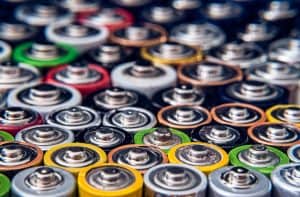
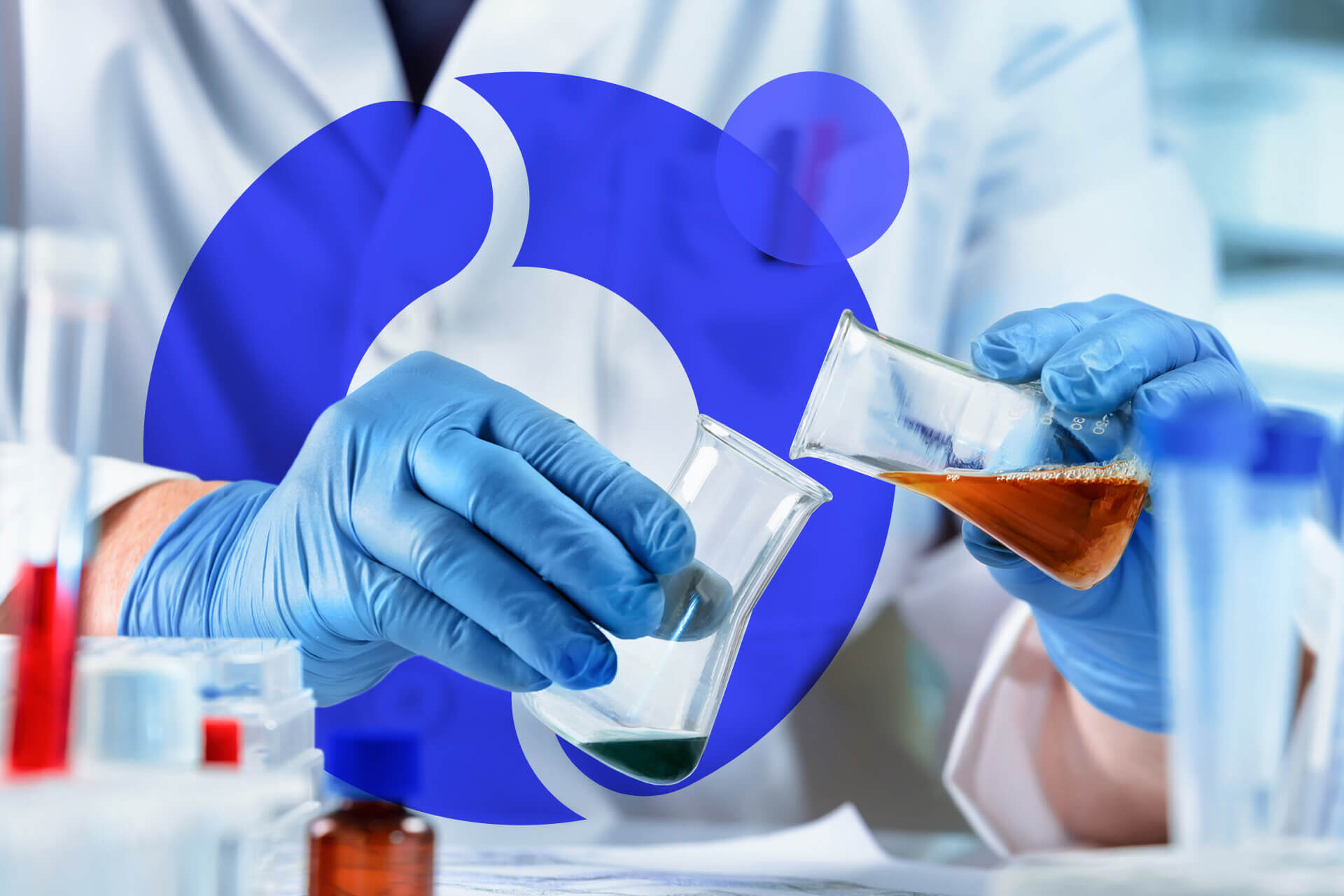
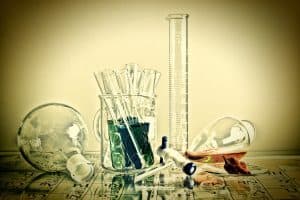
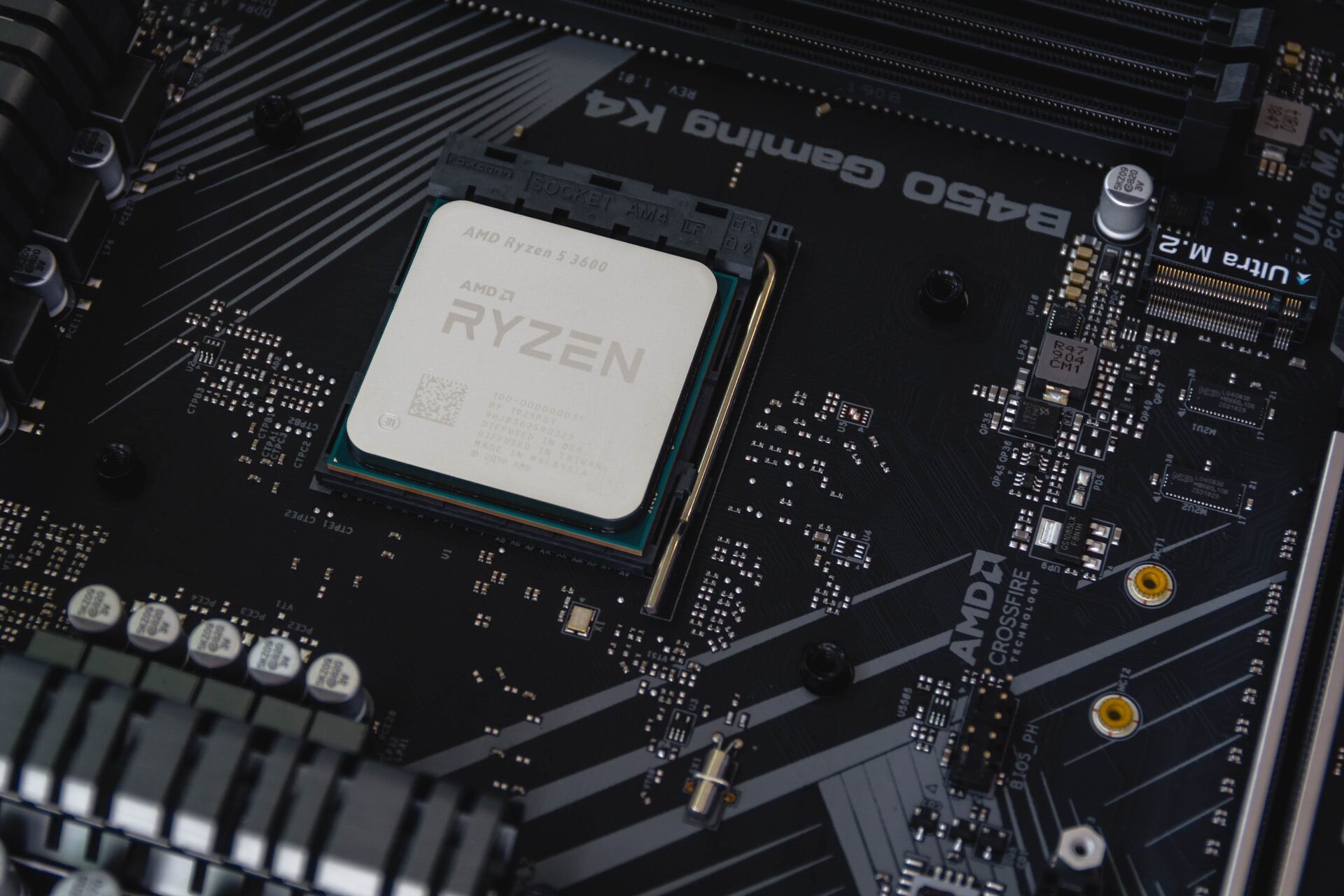
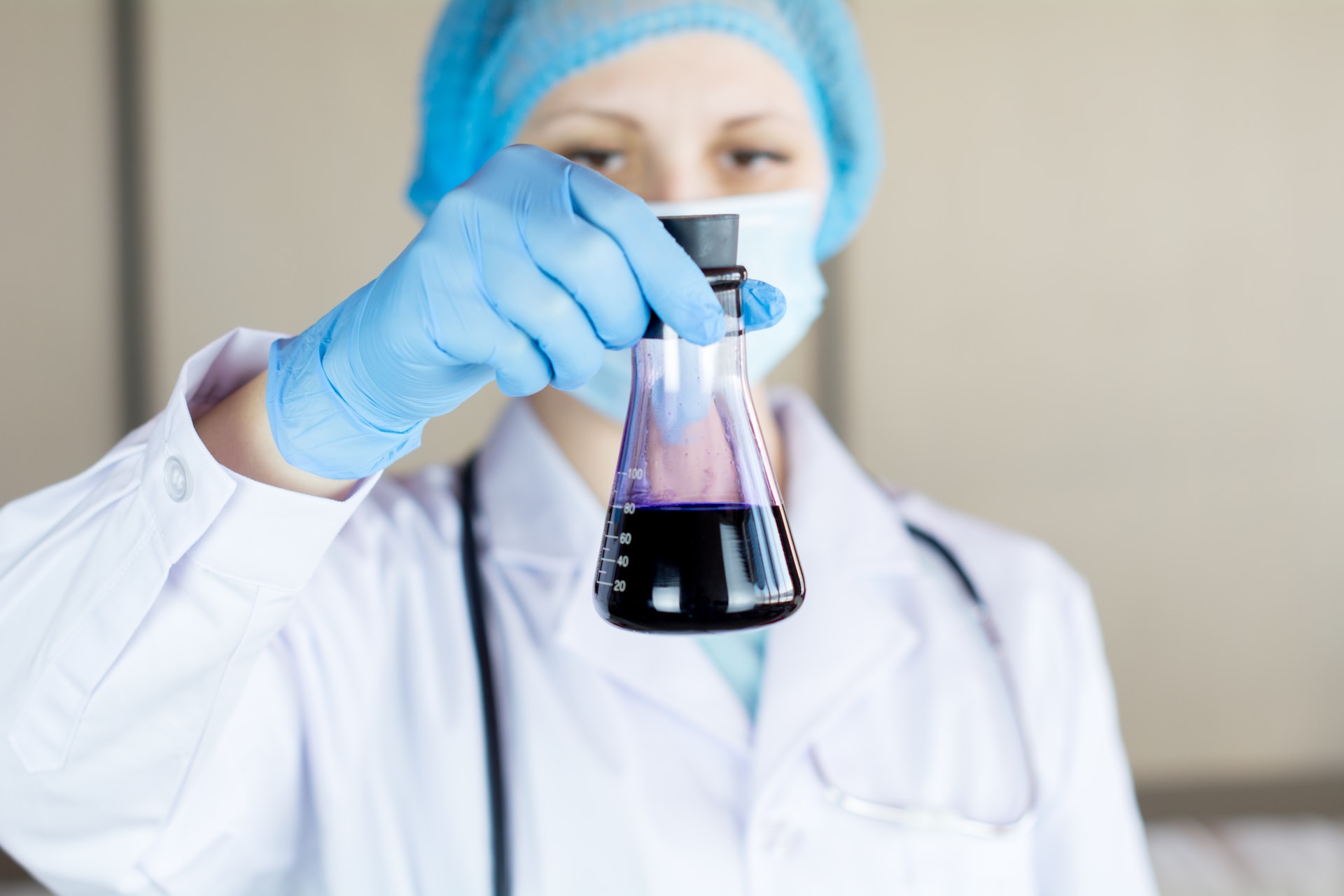
Oganesson is the most interesting
Informative for the noble gases
nice!